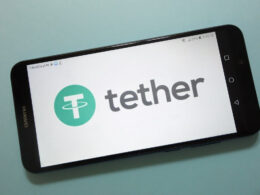The impact of digital asset scams has been a major concern in the crypto industry, leading to discussions on policies, regulations, and the direction of developers. In recent times, there has been a significant increase in the number of hacks and money drained from crypto firms, prompting calls for stricter regulations.
A new report by blockchain security firm Hacken reveals that there has been a quarter-to-quarter increase in the number of hacks and the amount of money stolen from crypto firms. In the last three months alone, a total of 117 hacks were reported, resulting in a staggering $720 million being stolen. This is a significant rise compared to the previous quarter, where there were 131 hacks and $327 million stolen.
Analysts at Hacken attribute a significant portion of the losses to access control issues, which accounted for $449 million in losses across eight incidents. This suggests that the human factor and coding errors are major challenges in ensuring the security of digital assets.
The Multichain Bridge Hack
One of the most notable hacks in recent months was the Multichain bridge hack, which resulted in the theft of $231 million. This hack, along with two previous incidents, raised concerns within the community and highlighted the need for better security measures.
Additionally, the infamous Viper Compiler incident caused by a bug led to approximately $70 million in losses across multiple projects. Fortunately, 90% of the stolen funds were eventually recovered.
Rug Pulls: A High Occurrence Scam
Rug pulls are one of the most common types of scams in the crypto industry due to their ease of execution. Unlike external hackers, rug pulls are typically orchestrated by the development team themselves. This scam involves building hype around a particular coin, artificially inflating its price, and then suddenly withdrawing liquidity, leaving investors with significant losses.
Analysts suggest that these rug pulls are relatively easy to spot and prevent. One way to protect oneself is to thoroughly research a token’s audit, which should be properly documented by a reputable third-party auditor. However, it’s important to note that even with an audit in place, there is still a risk of a rug pull occurring. Therefore, it is advisable to consider the reputation of the firm behind the audit as well.
To better understand the prevalence of rug pulls, Hacken analyzed a total of 78 incidents. Surprisingly, they found that only 12 of these projects had participated in periodic audits. As a solution, Hacken proposes a multi-audit approach to detect scammers who may initially conceal their intentions, as smart contract vulnerabilities continue to pose a threat.
















